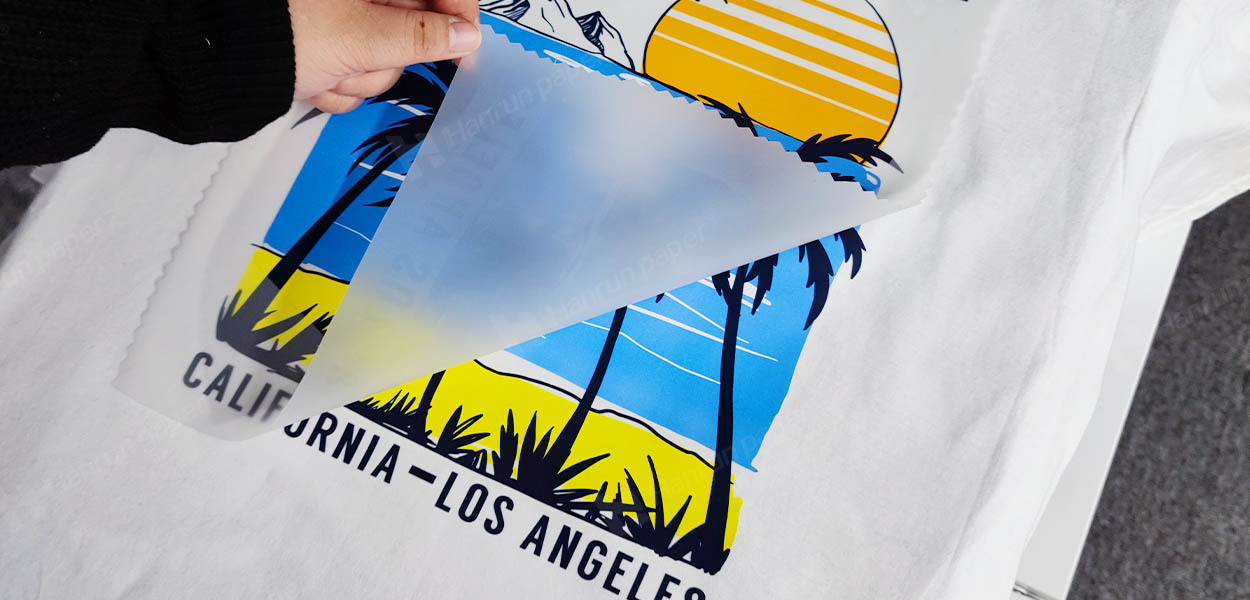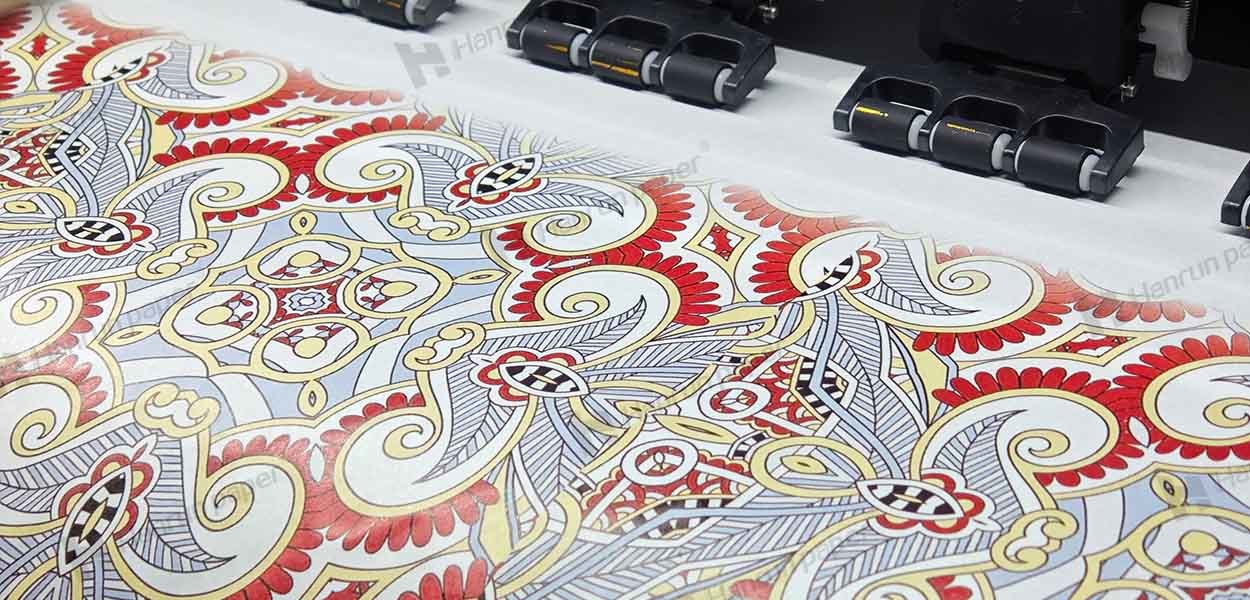How to Store DTF Transfers to Maintain Optimal Performance
Compared to DTG, screen printing, and other traditional printing methods, DTF printing offers a significant advantage, substantially reducing inventory costs.
Its flexible production model allows printing businesses to prepare transfers in advance to improve production efficiency or sell the transfers directly, thus reducing the need to purchase and store finished garments.
This “print-then-transfer” model not only increases operational flexibility but also effectively lowers inventory pressure. However, it also raises a critical question: how should DTF transfers be stored properly?
Whether you are a print shop owner or run a creative customization studio, knowing how to correctly store DTF film is essential to ensuring product quality.
Proper storage helps maintain vibrant colors, strong adhesion of hot melt powder, and prevents quality issues during transfer. To ensure every heat press results in a flawless print, proper transfer storage is key.

Why Is Proper Storage of DTF Transfers Necessary?
DTF transfers are created by printing designs onto DTF film using DTF ink, then applying hot melt powder and curing the film through heat. These transfers can be stored for future use.
However, during storage, factors such as temperature, humidity, and light exposure can negatively affect the transfer quality. Issues like fading, powder detachment, or failed transfers may occur. Therefore, proper storage practices are essential to ensure the reliability of DTF transfers.
Consequences of Improper Storage
Adhesion Failure: High heat or humidity can cause the hot melt powder to absorb moisture or degrade, weakening its adhesion during heat pressing, or even leading to detachment.
Color Fading: Exposure to ultraviolet or intense light can degrade the ink pigments, resulting in faded or distorted images.
Curling and Deformation: Changes in temperature or humidity, improper stacking, or pressure can cause the film to warp, bend, or harden.
Dust Contamination: Dust particles on the film surface may reduce image clarity and interfere with transfer adhesion.
Mold Growth: High-humidity environments can promote mold formation, degrading the film’s quality.
Best Practices for Storing DTF Transfers
Temperature Control
Maintain the storage environment between 18–25 °C (65–77 °F). This helps preserve the integrity of the hot melt powder and prevents issues caused by overheating or cold-induced crystallization.
Humidity Control
Keep relative humidity between 45% and 60%, ideally within 45%–55%. Excess humidity can cause the film surface to become damp, clump the powder, or lead to mold, all of which affect transfer quality.
Light Protection
Avoid direct sunlight or strong lighting, especially from fluorescent or UV sources. Use opaque containers or store in darkened spaces to prevent ink fading and heat-induced deformation.
Dry and Moisture-Free Environment
Store all transfers in sealed containers with silica gel packets or moisture absorbers inside to maintain a dry environment and block moisture infiltration.
Flat Storage
Lay transfers flat whenever possible. Avoid vertical or slanted storage to prevent curling or deformation. Stack no more than 50–100 sheets per pile, and use baking or parchment paper between layers to prevent sticking.
Cleanliness
Keep storage areas clean and free from dust. When handling transfers, wear cotton gloves to prevent contamination from fingerprints, oils, or particles.
Batch Management
Label each batch of transfers with the production date and lot number. Follow the “first in, first out” principle to ensure older stock is used first. Proper tracking also helps identify and resolve any quality issues.
Routine Inspection
Check storage conditions at least once a month. Look for signs of curling, moisture damage, or fading. When necessary, perform small test transfers to verify that the stored film still performs well.

Shelf Life Recommendations
Ideal Usage Window: For best results, use DTF transfers within 6–12 months.
Extended Storage: Under strict environmental controls, storage can be extended up to 2 years. Transfers stored beyond 3 years may still function but could show reduced performance.
Conclusion
Even the highest quality DTF ink or DTF film won't perform well if the print has absorbed moisture or light damage. That's why combining professional printing with optimal storage is key for success in your DTF printing business. Whether using a high-end DTF printer or outsourcing transfers, following proper storage protocols ensures flawless application and customer satisfaction.
Protect your prints. Preserve your investment. Print with confidence.
Contact Us
Global sales e-mail: info@hanrunpaper.com
Global sales WhatsApp: 86 189 3686 5061
Address: No.10 building, Baijiahui Innovation Community, 699-18 Xuanwu Avenue, Nanjing, China
Need Local Support? Find a Certified Hanrun Paper Dealer in Your Area.
Transfer To Digital, Transfer To Future
Hanrunpaper
Contact us

Address:No.10 building, Baijiahui Creative Community, 699-18 Xuanwu Avenue, Nanjing, China













